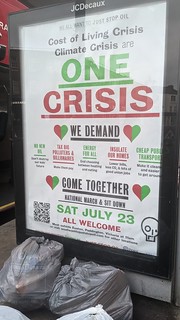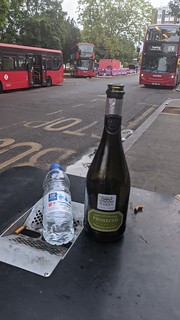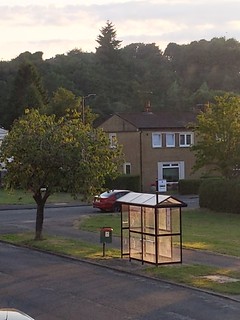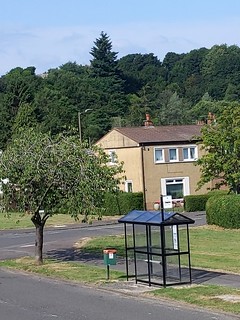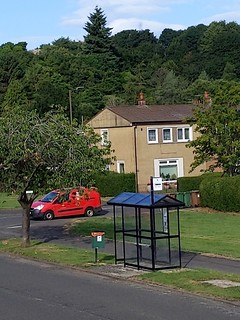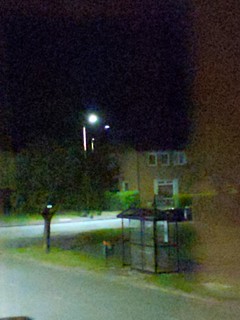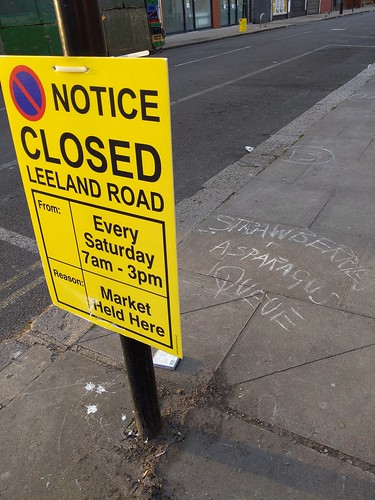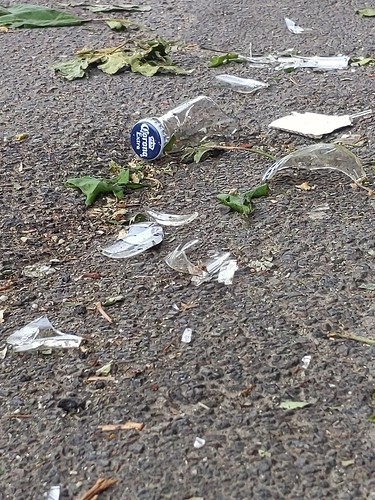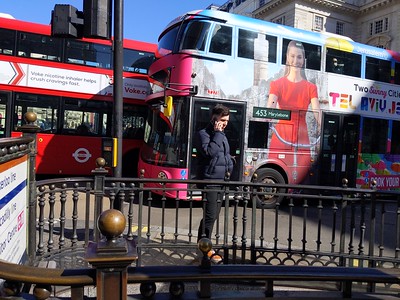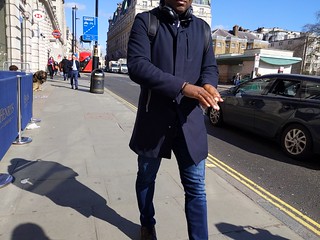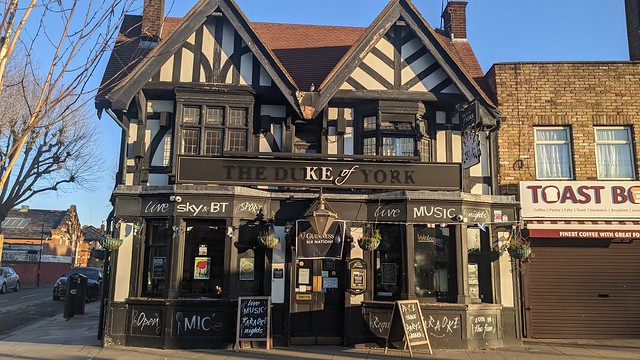As restrictions in London ease it's wonderful to have the opportunity to see some photography in real life. Two shows caught my eye to mark my return. They were, guess what, a throwback to black and white work from the fifties and sixties, an era that first stimulated my passion for photography.
The location of the shows were in many ways the antithesis of their roots. Swish, exclusive art dealers in London's Mayfair district are a long way from Roy DeCarava's roots in Harlem and Mary Ellen Mark's work in Seattle.
I remember seeing Mary Ellen Mark's photography as part of a wonderful show in 2018 at the Barbican, Another Kind of Life. There the context and stories of the participants were very much part of the experience. The way her work was displayed in Alike, My Friends, was strangely disconcerting. Stripped of any title alongside the image in such a body of humanist work felt wrong. Commoditised. Oh yes the titles could be found. In the price list.

Walking past the Royal Academy and along New Bond Street my emotions were mixed. There was certainly an energy and buzz. Maybe it was the aftertaste. The haves and the have-nots have always been woven to form the fabric of London. However the latest iteration feel more monochrome.
So I was concerned entering the next show. I've held Roy DeCarava's work close to my heart for a long time. I remember buying a monograph in the old Photographers' Gallery bookshop on Great Newport Street when that was really the only place I knew to educate myself.

It was a relief to enter the space at David Zwirner and find the work presented so well. It's still a "selling" show but classy. It helped that the late afternoon winter sun gave an ambience and warmth that literally gave life to the work.
Faith restored.



